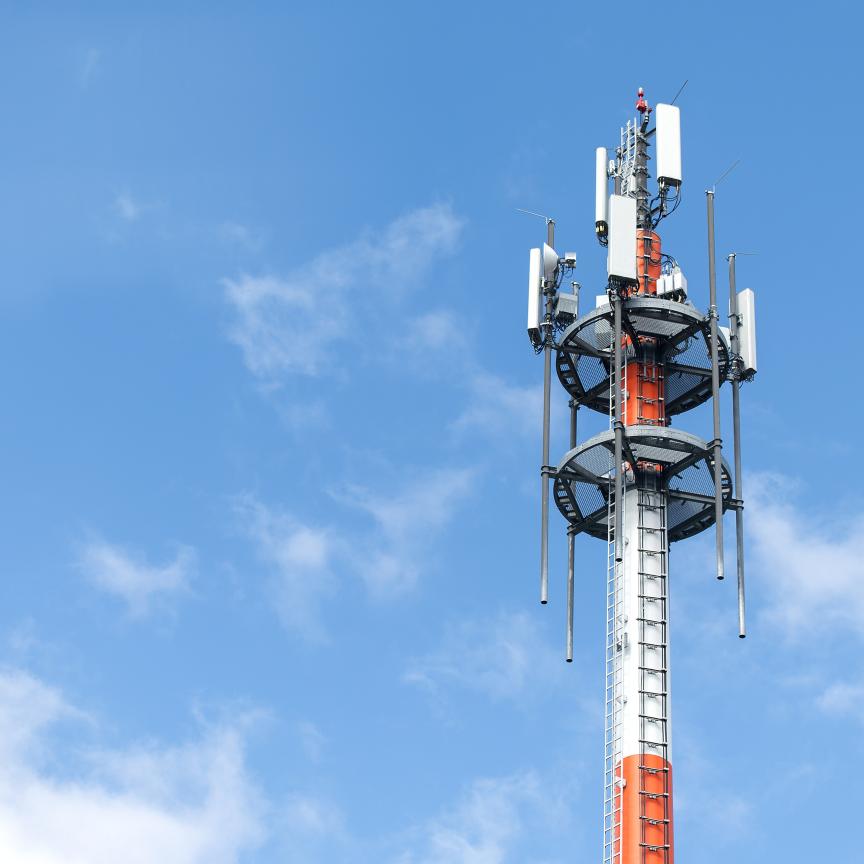New optical platforms from Nokia Networks will make mobile fronthaul more cost-effective and simple to deploy, enabling operators to implement large-scale centralised radio access network (C-RAN) deployments, the company claims.
In C-RAN architectures, fronthaul provides the high-capacity link between the radio equipment on the mast and baseband processing equipment that has been moved to a centralised location so that the network can scale more cost-effectively (see Mobile fronthaul: a new optical opportunity).
Global spending on mobile fronthaul equipment is anticipated to grow annually by 24 per cent to reach $1 billion by 2020, according to market research firm Ovum. However, adoption of this architecture is hindered when high-capacity fibre links aren’t available.
Now Nokia has introduced five new products aimed at mobile fronthaul, which exploit wavelength division multiplexing (WDM) to reduce costs by making more efficient use of fibre capacity. This can reduce capital expenditures by up to 32 per cent compared to using dark fibre alone, Nokia claims.
The new 1830 Versatile WDM Module (VWM) optical platforms also offer wavelength translation, making it vendor-agnostic, faster and simpler to deploy and more cost-effective by avoiding the need to have coloured optics in radio and baseband equipment.
Andrew Schmitt, founder and principal partner, Cignal AI, said: “LTE-Advanced will totally saturate fibre capacity previously designed for 4G networks and Ethernet backhaul. Nokia’s solution allows operators to scale fibre resources by adding capacity through WDM, making it economically viable for operators to deploy fronthaul networks at scale in support of their move to centralised RAN as a path to 5G."
The product range includes the 1830 VWM Photonic Managed Unit (PMU), an optical multiplexing unit for combining multiple wavelengths over a single fibre with management capabilities for service level agreement (SLA) and demarcation.
The 1830 VWM Translation Line Unit (TLU) is a wavelength translation unit for adding colour to ‘grey’ non-WDM optical signals. The 1830 VWM TLU/PMU-4 is an outdoor-hardened unit combining multiplexing management functions for small cells with wavelength translation.
The 1830 VWM Optical Supervisory Unit (OSU) provides end-to-end network monitoring. In addition, a site monitoring module provides proactive monitoring of alarms based on user-defined inputs at cell site locations with the ability to turn on/off appliances and devices. This simplifies operations and manageability with end-to-end operations, administration and maintenance (OAM) tools.
Sam Bucci, senior vice president and general manager of optical networking at Nokia, said: “Recognising the need of mobile operators to move to centralised RAN architectures, we have been collaborating with some of the largest operators in the world to expand the 1830 VWM portfolio. Through 30-plus customer engagements, we’ve been able to develop a toolkit that will successfully tailor our fronthaul solution to fit any number of deployment scenarios. With this expansion of the 1830 family of optical products, Nokia further solidifies its mobile transport leadership with the industry’s most comprehensive fronthaul and backhaul solutions.”
Live demonstrations of the new platforms will be shown at Nokia’s Mobile World Congress booth, Hall 3, Stand 3B10.

